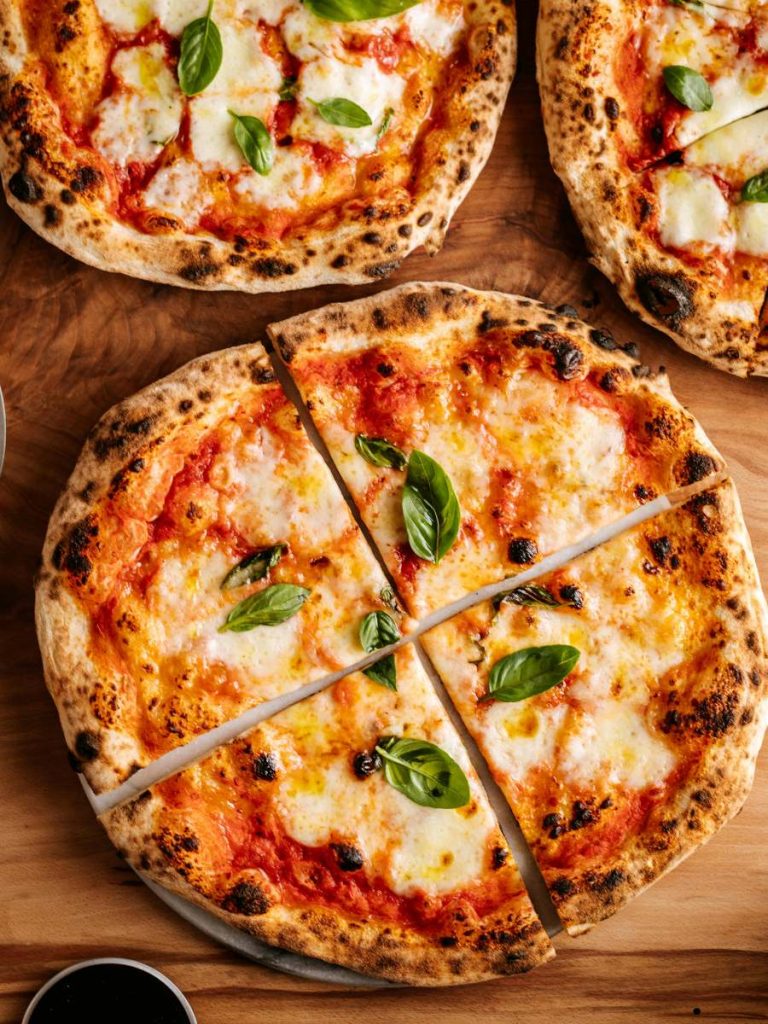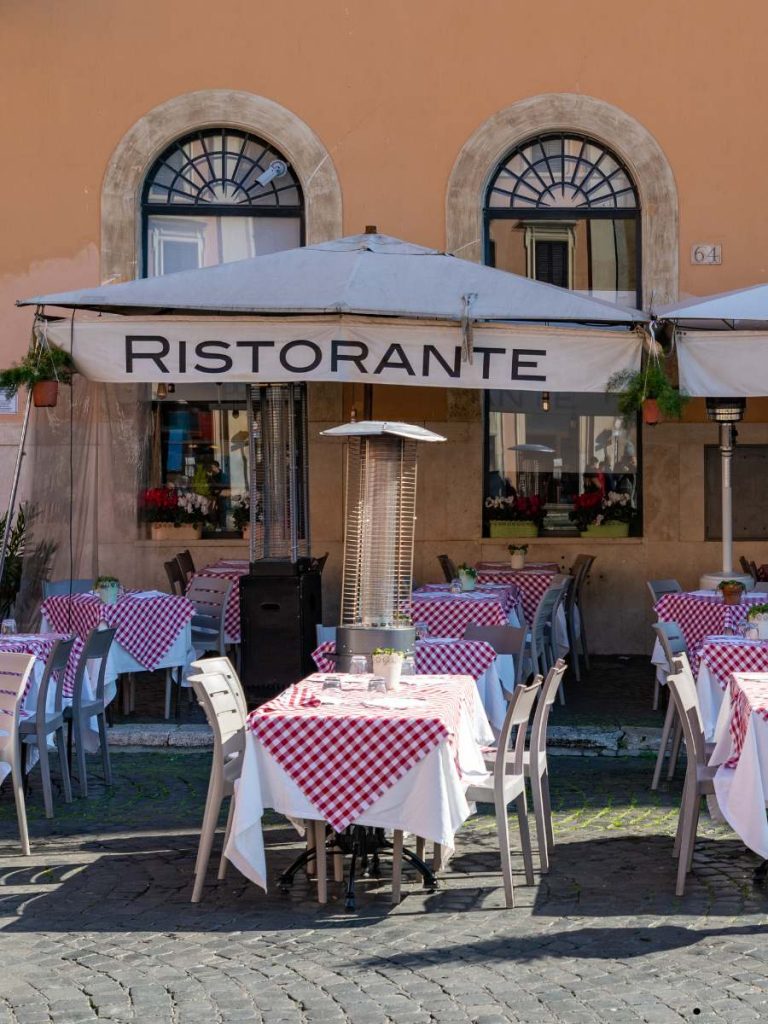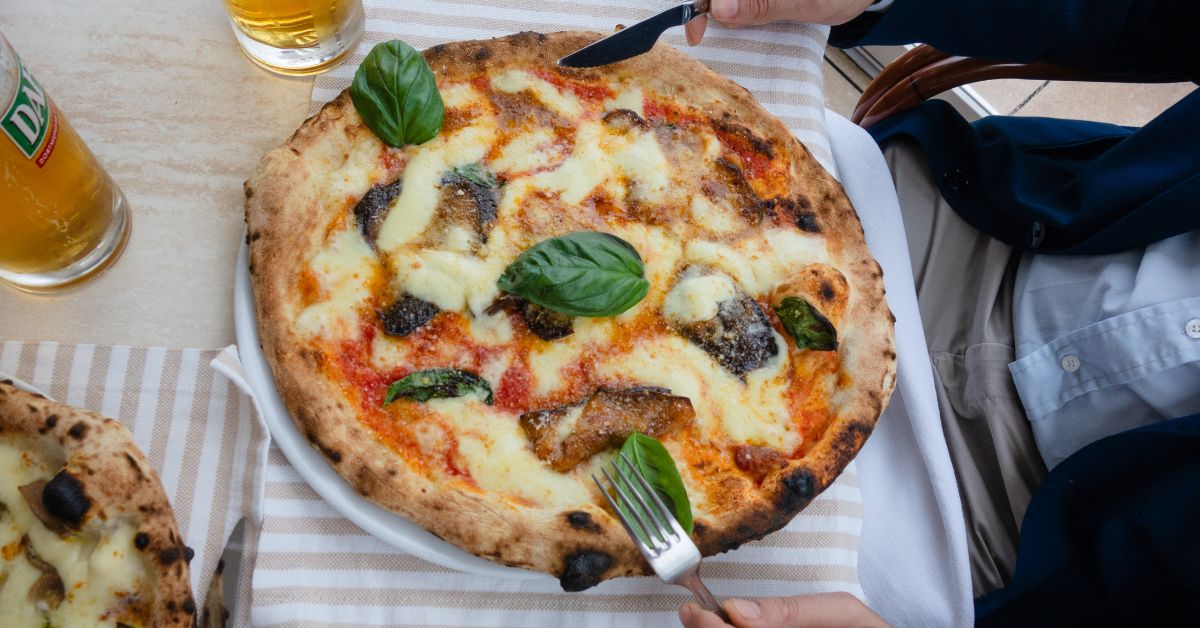One of the reasons I believe Italy is the best country to visit in the world is because it truly has something for everyone. Whether you’re into history, grand architecture, stunning landscapes, perfect weather, breathtaking views, mouthwatering food, incredible wine, top-tier coffee, or even some of the most beautiful beaches—Italy has it all.
But for this article, I want to focus on something very close to my heart: food.
The Harsh Truth: Not All Food in Italy Is Great
Many people make the mistake of assuming that every dish in Italy will automatically be delicious, simply because it’s Italy. Unfortunately, that couldn’t be further from the truth.
Yes, There Is Bad Food in Italy
Italy welcomes millions of tourists every year—and they all need to eat. This demand has led to a surge in tourist-trap restaurants, especially near major landmarks. These spots often serve mass-produced, low-quality food designed for speed and profit, not taste.
The magic of Italian cuisine lies in its simplicity, its use of fresh ingredients, and recipes that have been refined over generations. But when you’re churning out dishes for the masses, that quality often goes out the window.
Take the classic Margherita pizza (a specialty from Naples), for example. If you order one at a restaurant near a major tourist attraction in Rome, chances are it’s not been made according to the strict guidelines laid out by the EU’s Traditional Specialty Guaranteed (TSG) standards:
- Dough: Only flour (type 00), water, salt, and yeast—no sugar or fat.
- Tomato: San Marzano or similar.
- Mozzarella: Mozzarella di Bufala Campana DOP or Fior di Latte from Campania.
- Basil: Fresh leaves.
- Oil: Extra virgin olive oil.
- Baking method: Cooked in a wood-fired oven at 485°C (905°F) for 60–90 seconds.
Many tourist-focused restaurants use frozen ingredients and prepare dishes in bulk so they can serve meals in minutes. This way, tables turn over quickly, and the next hungry tourist is seated.
Why You Can’t Always Trust Restaurant Reviews

You’ve probably heard this advice: “Check the reviews before choosing a restaurant.” While reviews can be helpful, they’re not always reliable. Here’s why:
Paid Promotions and Influencer Hype
If you see a travel influencer or celebrity dining at a restaurant, it’s easy to assume the food is incredible. But what you might not realize is that many influencers are paid or offered free meals in exchange for a glowing post.
I’ve even been offered a free glass of wine in exchange for a five-star review—no thanks.
My partner and I once waited nearly 40 minutes for a table at a hyped-up spot in Trastevere, Rome. When the food arrived, it was average at best. The long wait pushed us to over-order, we couldn’t finish everything, and we left with a hefty bill and a ruined evening.
Victims of Their Own Success
Sometimes a restaurant starts off amazing—delicious food, attentive service, great vibes. You tell your friends, you leave a great review. But as it gets more popular, the quality often drops. More customers mean more shortcuts, and eventually, it’s just not as good as it used to be.
This is why a restaurant with rave reviews from five years ago might be serving mediocre food today. Old recommendations aren’t always reliable.
How to Actually Eat Well in Italy

After too many underwhelming meals, I’ve developed two simple strategies to make sure I eat well whenever I’m in Italy:
1. Ask the Locals
I usually stay in Airbnbs, and one of the first things I do is ask my host for restaurant recommendations—places where locals eat, not where tourists get ripped off.
Once I get a list, I check Google Maps. While I don’t rely solely on reviews, I use them to cross-reference. If a place recommended by a local also has consistently good reviews, that’s a great sign.
2. Walk and Discover
Italy is best explored on foot—especially when you’re not in a rush. Some of my best meals have come from wandering aimlessly and stumbling upon small, authentic eateries.
If you’re near a tourist hotspot like Piazza Navona, take a detour down a quieter street. Keep walking until you see a restaurant that feels right—fewer tourists, locals chatting, and no one aggressively waving menus at you from the sidewalk.
Also, go for specialized places. Want pizza? Look for a spot with “PIZZERIA” proudly displayed out front. These places tend to do one thing—and do it exceptionally well.
Handwritten menus and all-Italian signage used to be signs of authenticity, and while they still can be, they’re no longer a guarantee.
A Few Final Tips
- Know what you want: If you’re unsure, ask the server what they recommend or what the kitchen does best. Sometimes it’s a hit, sometimes a miss—but it’s worth trying.
- Don’t feel pressured to order a full meal: You don’t always need three courses. Order what you’ll enjoy, not what you think is expected. That said, don’t walk in and share a single pizza with your partner. It’s polite for each person to order their own dish, along with a drink—wine or water.
- Tipping: Tipping isn’t customary in Italy. You can round up the bill or leave a euro or two if you had a great experience, but it’s not required. However, many restaurants do charge a “coperto” (cover charge), which you’ll see listed on the bill.
In the end, eating in Italy can be one of the most amazing culinary experiences of your life—if you know where (and how) to look. Don’t fall for the hype, follow your instincts, and let the locals lead the way. Buon appetito!

